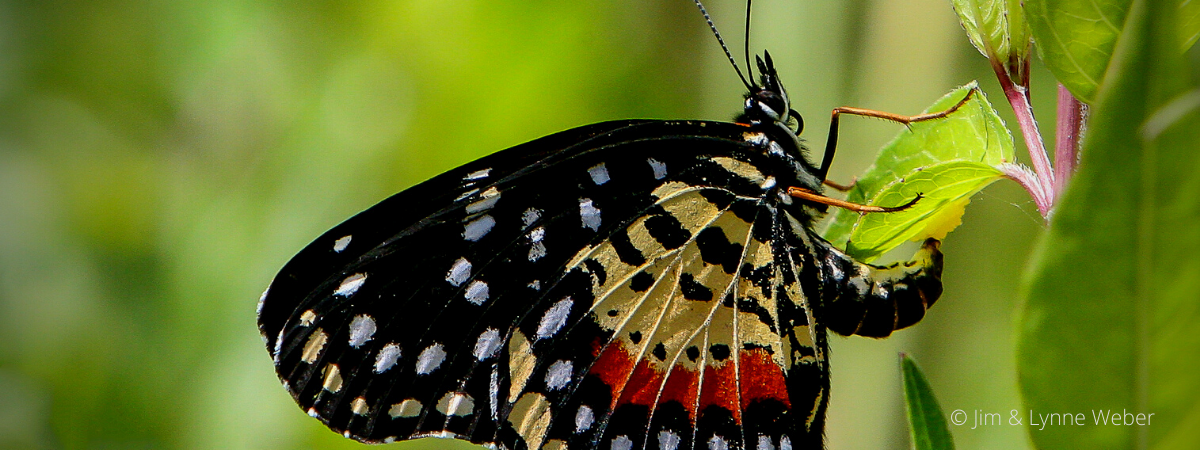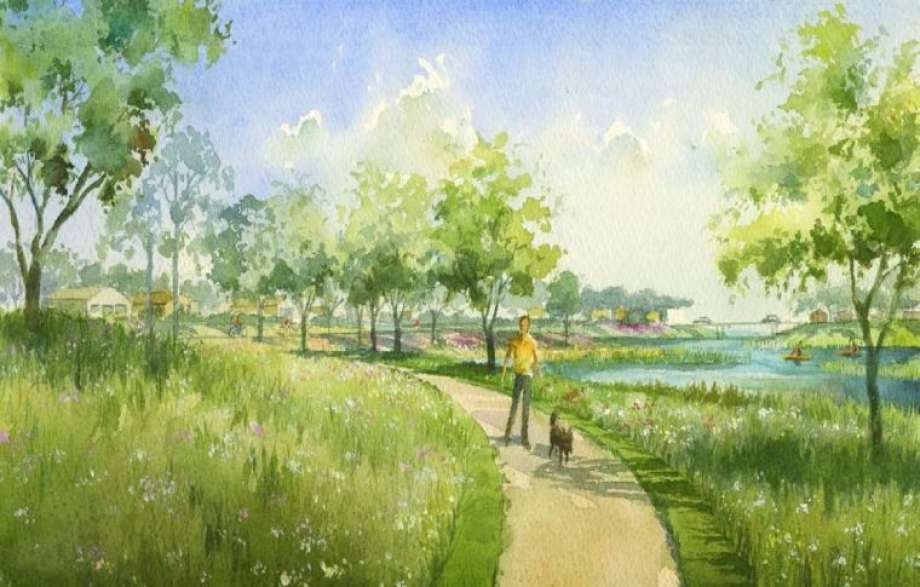October 10, 2022
Just as milkweeds are the only plants Monarch butterflies use to raise their young, our native plants are also critically important to the adult Monarchs as they migrate through Texas. TPWD Texas Nature Trackers Biologist Craig Hensley shares the natural history of milkweeds and introduces you to native plants that provide important nectaring sources for Monarchs as they migrate through Texas each fall.
About the Speaker
Craig Hensley is a Texas Nature Trackers Biologist with Texas Parks and Wildlife Department. He has also served as a district Wildlife Biologist and for eight years was the Park Interpreter for Guadalupe River State Park. A native of Iowa, Craig has worked in the field of interpretation/nature education for 30+ years, from Minnesota and Iowa to Nebraska, Kansas and Missouri. He is an avid naturalist, photographing and studying everything from wildflowers and butterflies to birds, dragonflies, and all else in-between. He is father to two grown children and grandfather to five.
Resources
Books on Monarchs
The Monarch Butterfly: Biology and Conservation, 2004, by Michelle J. Solensky and Karen S. Oberhauser.
Monarchs in a Changing World: Biology and Conservation of an Iconic Butterfly, 2015, by Karen Oberhauser, Kelly R. Nail, Sonia Altizer (editors).
Monarchs and Milkweed: A Migrating Butterfly, A Poisonous Plant, and Their Remarkable Story of Coevolution, 2017, by Anurag Agrawal.
Chasing Monarchs: Migrating with the Butterflies of Passage, 2001, by Robert Pyle.
Four Wings and a Prayer: Caught in the Mystery of the Monarch Butterfly, 2001, by Sue Halpern.
Bicycling with Butterflies: My 10,201-Mile Journey Following the Monarch Migration, 2021, by Sara Dykman.
Hosted by Environmental Institute of Houston, University of Houston-Clear Lake.
Related Posts

Chapter Meeting: Houston, we have a solution!
Mark de Kiewiet shares his practical research on how we can mitigate the declining bee and pollinator populations, considering both managed and native bees.

Chapter Meeting: Native Host Plants for Butterflies and Moths
This talk will leave you with the knowledge and resources needed to encourage and appreciate a wider diversity of caterpillars, butterflies, and moths in a Texas native plant garden.

Wetland Plants at Work: Exploration Green
Mary Carol Edwards, stormwater wetland program specialist for the Texas Coastal Watershed Program covered the progress at Exploration Green in Clear Lake.


